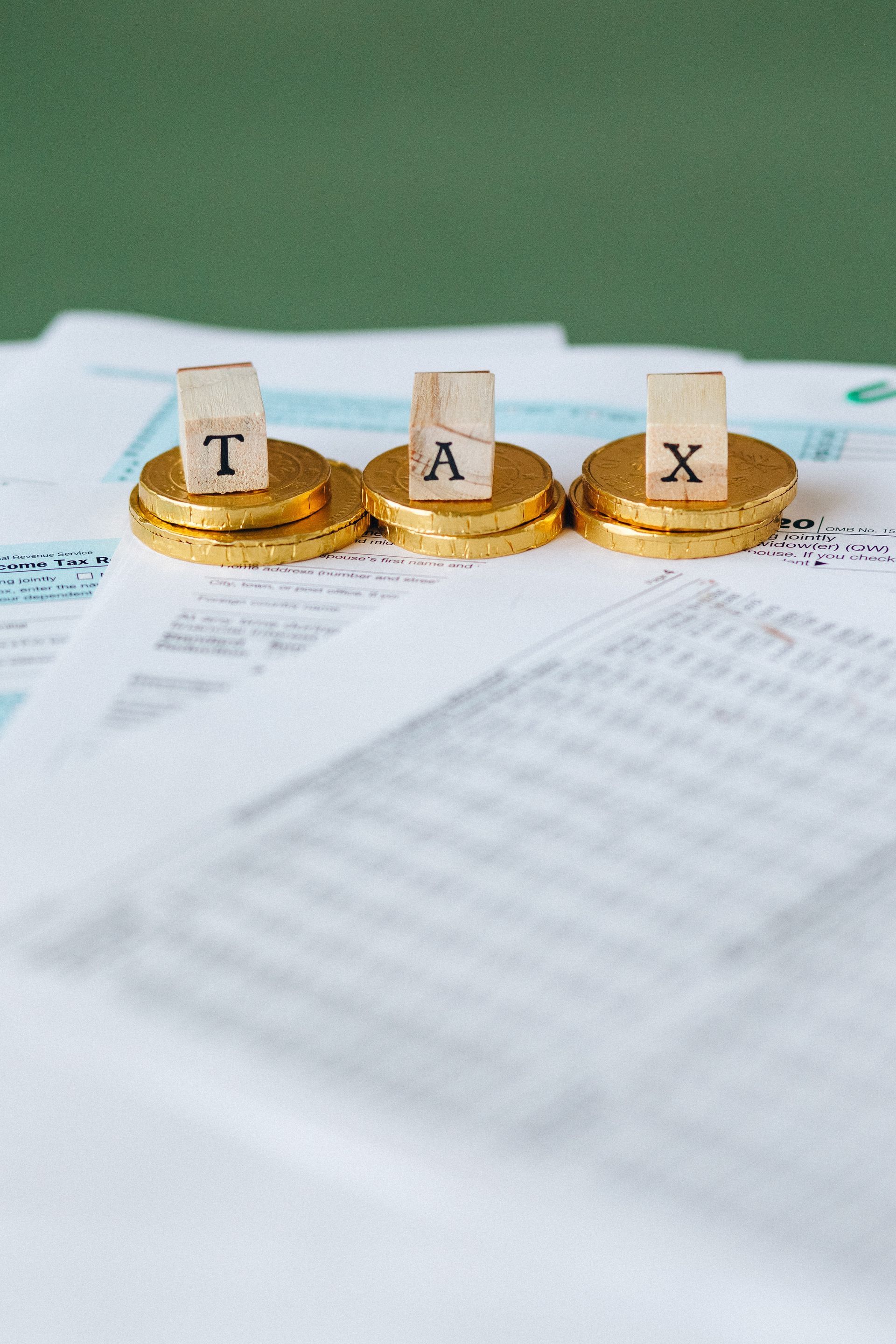5 ways to find out if you are saving enough into your pension
To ensure a comfortable retirement, it's important to save as much as possible now. Here's a guide to help you calculate the monthly amount you should set aside. Navigating retirement planning can be complex and challenging, especially when it comes to envisioning the duration and amount of income needed.
It's common to feel uncertain about how much to save for retirement, as many people struggle with this aspect of finance. In fact, according to recent research, as many as 77% of people in the UK don’t know either.
But one thing’s for sure: it’s unlikely that the state pension you receive from the government will be enough to live on by itself, which means you need to take responsibility for supplementing that income with your own savings.
So, if you’re thinking about how to plan for retirement, when to start saving and how much to save, here are the most important things to consider:
1. How long will you need your pension income for?
To plan for your retirement, it's important to consider your projected retirement age and life expectancy. This will help you estimate the number of years your pension savings should last. While it's impossible to predict with certainty, there are some helpful facts that can provide a reasonable indication.
The average life expectancy at birth in the UK is just over 79 years for males and just over 83 for females.
People who’ve already made it to 65 can look forward, on average, to nearly another 19 years if they’re male and just over another 21 years if they’re female, meaning seniors today can expect to live well into their 80s.
If you're considering retiring in your mid to late 60s, you should plan on having enough pension income for at least 20 years.
This is especially important if you want to retire earlier, as you usually won't be able to rely on your state pension income until you're at least 67.
See how long you are likely to live;
2. How much will you need on top of the state pension?
To begin planning for your future, it's important to determine the type of lifestyle you aspire to and estimate the necessary funds to maintain it, assuming you remain in good health. While precise calculations require personal analysis, research can provide a rough estimate to guide your planning.
According to a Which? survey of 6,300 retired and semi-retired members, the numbers are as follows:
- A retired couple living a ‘comfortable’ lifestyle will spend about £25,000 (£19,000 for individuals) a year for basics and for luxuries such as eating out, European holidays and hobbies.
- A more ‘luxurious’ lifestyle, which might include long-haul holidays and a new car every five years, would cost £40,000 a year for couples (£30,000 for individuals).
3. How much will you need in your pension pot?
Before you start working it out, don’t forget that you can factor in the state pension you’ll receive, which will make a substantial contribution towards your income needs.
The current 2023/24 state pension will give you a little over £10,000 per annum.
If you had a pension pot of £169,175, you could use income drawdown, (which is when you keep your money invested and you withdraw a regular income from it) to generate a further income of £11,000 a year, assuming your savings grow by 3% each year.
For a more ‘luxurious’ lifestyle, a pension pot of £456,500 could generate income drawdown of £26,000 per annum.
4. How much do you need to save every month to get a pot like that?
This will depend on how old you are now and how much you’ve paid into a pension scheme already (if anything).
Here are some ballpark figures to get you started;
- 30-year-olds with no pension savings so far need to put away £276 a month for a ‘comfortable’ lifestyle in retirement, and £741 for a more ‘luxurious’ one.
- 40-year-olds with no pension savings so far: £384 a month for a ‘comfortable’ lifestyle and £1,030 for ‘luxurious’.
- 50-year-olds with no pension savings so far: £647 a month for the ‘comfortable’ lifestyle and £1,735 for ‘luxurious’ (or if you already have £100,000 in your pot, topping up a further £278 per month should suffice for a comfortable lifestyle.
These figures are based on receiving 20% tax relief on your pension contributions and an assumption that your pension pot will grow by 3% per year after charges.
5. What should you do next?
- Go online www.gov.uk/check-national-insurance-record to check your national insurance record and identify any gaps.
- If you are not registered for Government Gateway, you can call 0800 731 0175 to order a BR19 form to check on your state pension entitlement – retirement age, likely amount, and any gaps in your national insurance history.
- Lost a pension? First, try the tracing service on www.gov.uk/find-pension-contact-details. They have records of over 200,000 workplace and personal pension schemes to try to find the contact details you need.
Whether these figures scare you, or make you feel comfortable that you’re on track for the retirement you want, it’s important to remember that everyone’s circumstances are different and therefore it’s always helpful to seek advice from an expert.
A good financial adviser will take the time to assess your retirement goals – such as what age you’d like to retire and what kind of lifestyle you’d like to lead – then examine your current finances and work out a realistic plan that will help to get you there.
These figures are for illustrative purposes only and based on Which? calculations.
The levels and bases of taxation and reliefs from taxation can change at any time. Tax relief is dependent on individual circumstances.
References
1. The PLSA/Loughborough University Retirement Living Standards, 2019 (Based on 26 qualitative discussion groups across 13 UK locations, with almost 250 participants from a wide range of socioeconomic and geographic backgrounds.)
2. ONS, 'National life tables – life expectancy in the UK: 2017 to 2019', September 2020
3. Which?, 'How much will you need to retire?', November 2020 (based on responses from 6,300 retired and semi-retired couples Which? members in April 2020)
Links from this website exist for information only and we accept no responsibility or liability for the information contained on any such sites. The existence of a link to another website does not imply or express endorsement of its provider, products or services by myself. Please note that clicking a link will open the external website in a new window or tab.
Check out more of my articles







